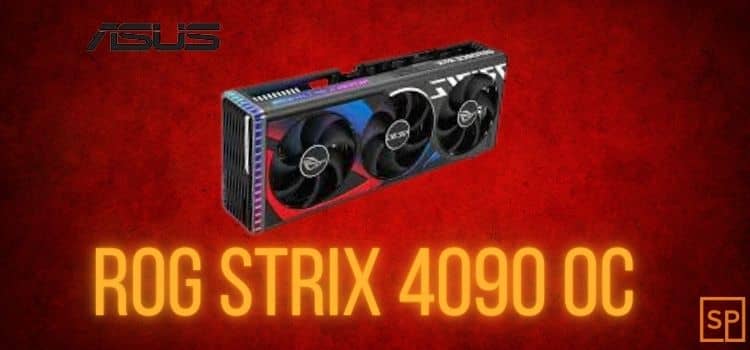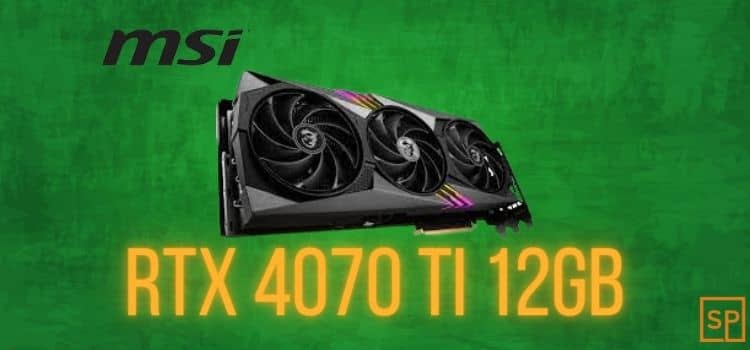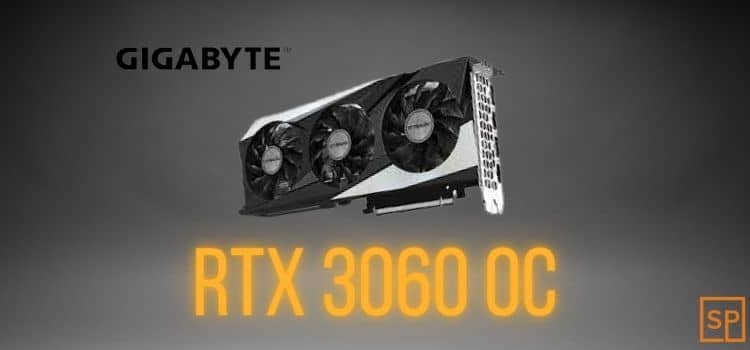Your graphics card, GPU, is the part of your coding PC’s hardware that can cripple a game developer’s efficiency the most. If it’s too weak, 3D modeling will take a lot longer, and any rendering process will be slow.
This means you can’t try out assets or see the results of any changes you’re making without extra time cost. Especially when you’re working with powerful engines like Unreal Engine, a state-of-the-art GPU will make your life as a game developer that much easier.

I’ve compared the currently most popular & relevant graphics cards for you — so you can improve your game development experience by picking the best one for yourself.
Quick verdict
Best GPU for professional Game Programming:
The ASUS ROG Strix RTX 4090 OC is the most powerful and best GPU you can buy. It sports superior processing speed, RAM and ray-tracing capabilities in comparison to all other cards available today. The high price is prohibitive, though — unless you’re a professional Game Developer who wants to make this investment into his career.
Best intermediate option: Although the MSI Geforce RTX 4070 Ti 12GB offers only half the amount of RAM and bandwidth of the RTX 4090, its clock speed is excellent, and it’s overall still a good option for Game Development.
Best for budget: The Gigabyte Geforce RTX 3060 OC 12GB is a good entry-level model for Game Developers. If you want decent performance while spending only half compared to the RTX 4070 Ti or only a fifth compared to the most powerful RTX 4090 OC, I recommend going for Gigabyte’s overclocked version of the GeForce RTX 3060.
The 3 best GPUs for Game Development reviewed
Let's get into the review.
Best of the best – ASUS ROG Strix GeForce RTX® 4090 OC Edition

Pros:
- Overclocked to 2640 MHz from the factory (and is reportedly able to run at 3GHz+)
- Unmatched processing power
- Industry-leading amount of high-bandwidth RAM
- Excellent ray-tracing capability
- DLSS 3.0 technology
Cons:
- Lofty price point
- High power consumption (requiring a good quality, 1k+ KW PSU)
- Needs a lot of case space & strong cooling setup
Verdict:
If you’re explicitly looking for the most powerful graphics card on the market, the ASUS ROG Strix RTX 4090 OC is it. Out of all GPUs available today, it will improve your efficiency as a Game Developer the most.
Best intermediate – MSI Gaming GeForce RTX 4070 Ti

Pros:
- Fast GDDR6x RAM type
- Good ray-tracing & DLSS capability
- High clock speed
- 40% less power consumption than the 4090 OC
Cons:
- Only half the amount of RAM than the RTX 4090 (12 vs 24GB)
- Half the CUDA cores of the RTX 4090 (7680 vs 16384)
- 500GB/s memory bandwidth compared to the RTX 4090’s 1000GB/s (192 bit memory interface width vs 384 bit)
Verdict:
The MSI GeForce RTX 4070 Ti is a powerful graphics card that can do almost all tasks within Game Development at a fast speed. Unless you’re going for the pinnacle of performance, and are looking to create the most complex AAA 3D worlds, you won’t need more than the GeForce 4070 Ti to develop impressive games – without being held back by your GPU’s speed or capacity.
Best for budget – Gigabyte Geforce RTX 3060 OC

Pros:
- Affordable price for beginner Game Developers
- Decently sized memory at 12GB
- Low relative power consumption at ~200W
- Offers ray-tracing and DLSS(2) to a decent level
Cons:
- Lower relative core clock at 1,800MHz
- Only 3584 CUDA cores
- GDDR6 memory type vs GDDR6x, with 360GB/s bandwidth vs 500/1000GB/s
Verdict:
While it can’t compete with the latest generation of GPUs, the RTX 3060 still does well with Game Development. If you’re not willing to spend $800-$2000 on a graphics card, this is a good compromise between performance and affordability.
What to look for in a graphics card to do Game Programming
Lots of RAM
If you want to work with complicated 3D scenes while still having everything go fast, at least 12GB of VRAM are recommended for any new GPU you’re looking to buy. If the details of your game are too big to fit into your GPU’s RAM, system memory will have to be used – which is much slower.
Good memory bandwidth
But it’s not only the amount of VRAM that matters – your GPU’s memory bandwidth determines its rendering speed. You want your memory interface to be as wide as possible (256-384bit is great), and your memory clock to be high. This will result in a high memory bandwidth.
High amount of processors
The more CUDA cores you graphics card has, the more data it can process in parallel – meaning it makes your game development go faster.
Fast core clock speed
Besides the memory clock speed, you also want the GPU core clock to be high. Just like with CPUs, higher core clock means more processes completed per second.
Ray-tracing capabilities
If your GPU supports ray tracing, you’ll be able to render life-like light effects. The newest GPUs have dedicated ray tracing cores, and perform ray tracing to a much higher level in general than older models.
How to pick the best GPU for yourself in 3 steps
1. Start with a budget
Do your professional ambitions warrant a four-figure GPU purchase? Are you realistically going to make back that money with what you create? Or is lightning-fast Game Development your highest priority regardless? Then you should set your budget high.
If not, settle on an amount that’ll be reasonable for you to spend on something that’s a side hustle or simply your favorite pastime.
Now you’ll have your starting point. You know what you can spend without regret, and without talking yourself into buying something you won’t really need.
2. Formulate your needs & nice-to-haves
You might need certain features for the projects you want to create: For example 12+GB of VRAM for working with large details, or advanced ray-tracing capability because you want to use cutting-edge lighting effects in your game.
Other features might be just a nice to have. Still others you might not care about at all, like size of the card or power requirements.
Get clear on these so you can make a better choice.
3. Find the best fit
Considering both the budget and needs you’ve established, you can now judge each GPU you’re researching much more effectively. You end up choosing one that does what you need it to, without breaking the bank. You make sure you’ll be happy about your purchase – eliminating the need to worry about any regrets popping up later.
